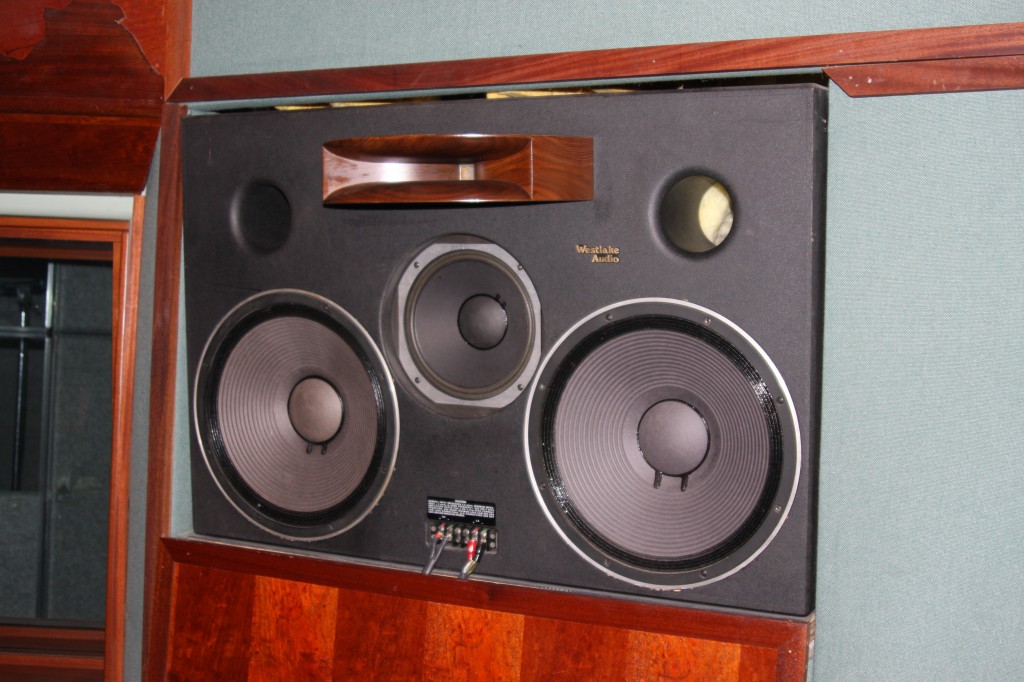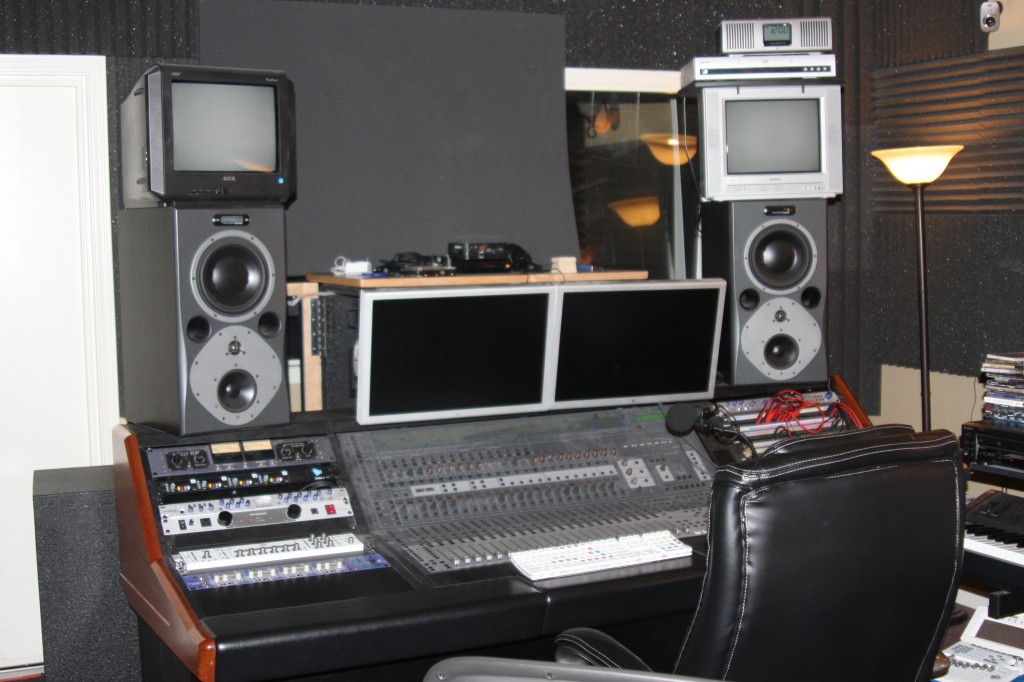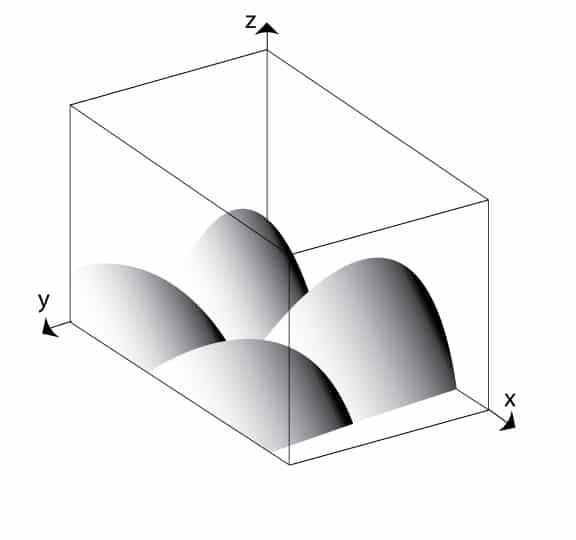When you look at all the literature that discusses room response in comparison to speaker response, its always about the response of the speaker. Does the speaker’s response curves show any peaks or dips? Are there any frequency artifacts created by the crossovers used with in the speakers? How does the response curve of the speaker look at low frequencies? These are all concerns that individuals have about speakers and their acoustical performance. What about the room response? The room response is far more critical than the speaker response.
Speaker Technology Has Come A Long Way
The technology incorporated into today’s speakers has come a long way in the last ten years. Amplifier technology has drastically improved. Amplifiers are capable today of achieving a frequency response that goes way past the ability of the human ear to hear. Speakers can achieve a similar response pattern. Speakers are thoroughly tested and can achieve narrow and far field articulation that more closely resembles real world sound patterns. Unfortunately, our speakers must be heard in small rooms and this is where the room response and all of its distortions come into play.
Room Sound
The speaker must be placed within a room. In that room, there will be many elements that can infiltrate the most perfect of speaker response curves. The speaker could be placed too close to a room boundary surface and create a series of reflections which bounce back and forth between the room surface and the speaker cabinet. The speaker and even listening position could be located within an area of high and low modal sound pressure. When this occurs, you may hear too much of some frequencies and not enough of others.
Speaker Sound
Speaker energy strikes a coffee table or recording console and is reflected back to the listening position, delayed in time from the direct energy of the speaker. This process is termed comb filtering. The relationship in distance between the speakers and the room boundary surfaces must also be addressed. What does all of these room distortions do to the speaker’s response? We need to change the way we perceive sound and data and look at the room response before speaker response. The room has far more impact on sound quality than a speaker with a “poor” response curve.
Room Modes
Room modes are powerful pockets of energy that can not get comfortable within the chosen dimensions of the room it is placed in. Low frequency energy has long wavelengths that can reach 37′ for a 30 Hz. wave. How is that long wave going to fit into a room that has as its longest dimension, 12′? It will not and when it does not, the part of it that does not fit will express its discontent by creating areas of high and low pressure. These varying pressure areas are located throughout the room and must be located and treated before any speaker has a fighting chance at any type of response.
Missed Sounds
These areas of high and low pressure termed room modes can exaggerate certain frequencies and completely smother others. If you place a microphone in a null or area of low pressure, you may not pick up anything. The same goes for your monitoring or listening position. Room modes do not care how smooth the speaker’s response curve is. They will impact and influence even the best speaker. They do not discriminate. If the frequency in question does not fit into the room, a mode will occur. The smooth response of the speaker in the room has nothing to say about it.
SBIE – Speaker Boundary interference Effect
SBIE or speaker boundary interference effect can occur when a speaker is placed too close to a room boundary surface. The speaker send out energy and it strikes the nearest wall surface exaggerating some frequencies it produces and completely smothering others. This improper location can exaggerate the low frequency response curve of any speaker and cause 1 – 3 dB increase in certain low frequencies no matter how smooth the speakers response curves are. Finding the correct distance from the speaker to the walls is always a time consuming task but must be calculated correctly to achieve any resemblance to a smooth frequency response curve.
Comb Filtering
Comb filtering can occur when sound energy from our speakers strikes our console or studio furniture. Reflections from furniture and consoles produce a series of back and forth reflections that occurs between the object and the speaker itself. It can also occur between an object that is energized by sound striking it and then reflections that sound back and forth between the object and a wall. This series of unwanted reflections can produce “phantom images”. These images can produce a sound of their own and the only object we need in our rooms producing sound is our speakers. Two speakers producing two channel energy is all that is required.
Poor Diffusion
Poor room diffusion is an issue in all small rooms. Since space is limited you have all of this energy smashing into each other with no real acoustic purpose in mind. The small room has poor diffusion by definition. With poor diffusion, sound quality has no life to it. It is smothered in numerous reflections that are just responding to the boundaries or walls that they strike and then enter haphazardly into the room. This juxtaposition of reflected energy just causes more issues that confuse speech articulation and wreck havoc with our enjoyment of music.
Room Response More Important
Speaker response is important. We must start with a speaker or sound producing device that can accurately reproduce sound energy and do it so all frequencies are represented. However, taking that speaker and placing it in a room subjects this speaker to room distortions. Most of these distortions can be properly managed if we have taken the time to select a room dimension ratio and associated volume that will be conducive to less room distortions. Unfortunately, this care and attention to room size is usually not considered and then acoustic treatment becomes more paramount if you are to have the room perform as well as your speakers do.
In Summary
So I hope that helps you. If you have any questions at any time I am always on hand to help answer them. Leave them in the comments section or email me at info@acousticfields.com. If you would like to learn more about room acoustics please sign up for my free videos and ebook by joining the mailing list here. I send room tuning tips and things for you to test in your room every Wednesday. They are easy to follow and really help you enjoy more of your music.
Thanks
Dennis










We use broadband absorption in the two most critical frequency regions in small rooms. Our Diaphragmatic absorbers, ACDA series, have…
Interesting web site and provocative introduction. Please check your copy for typos, otherwise nicely presented. I would like to see…
There is no such thing as soundproof anything especially carpet. Low frequency noise transmission requires a permanent construction fix with…
Hello Dennis! Our neighbors put a Ice Bath in their garage which is right below our bedroom and the Low…